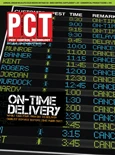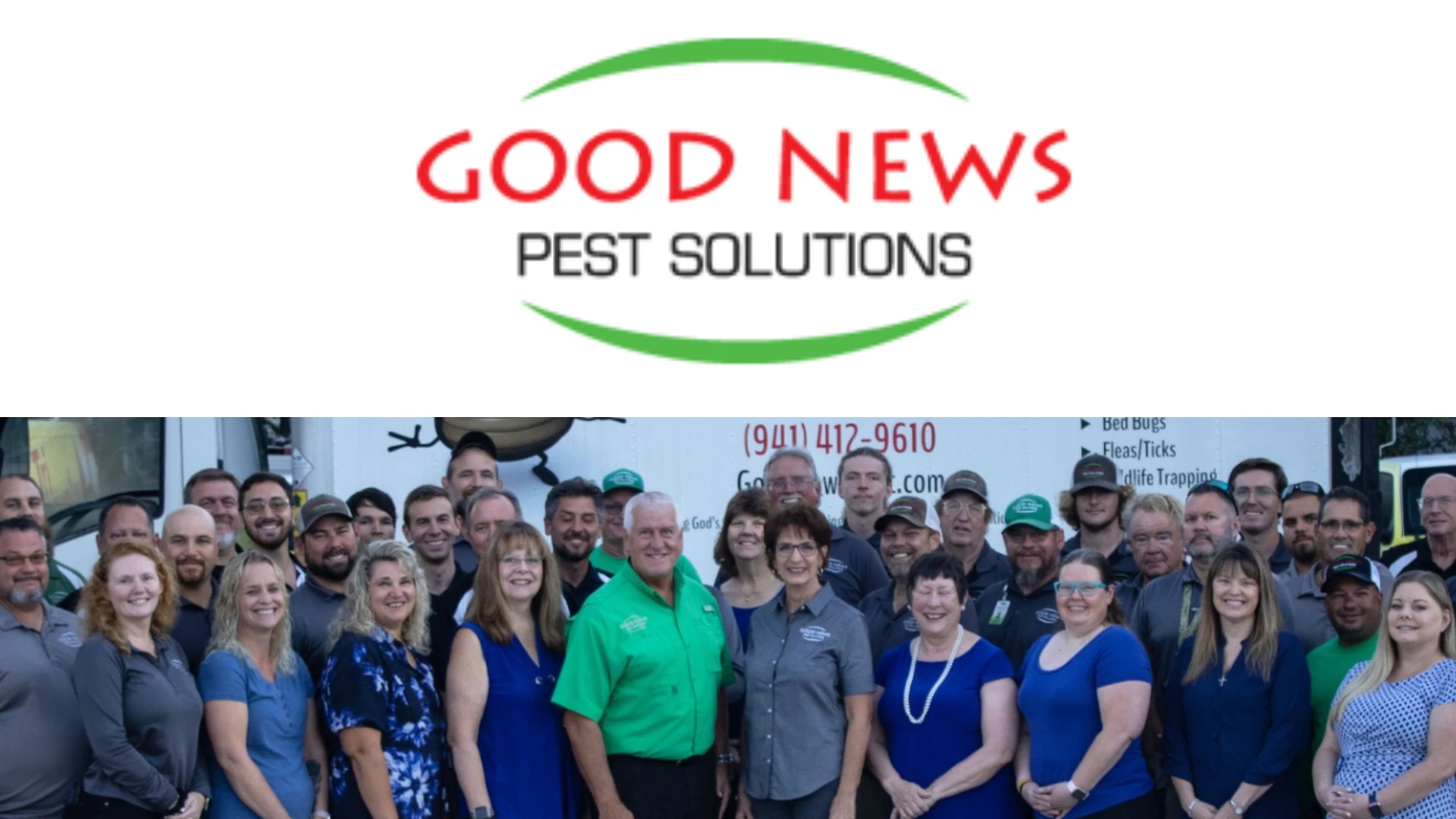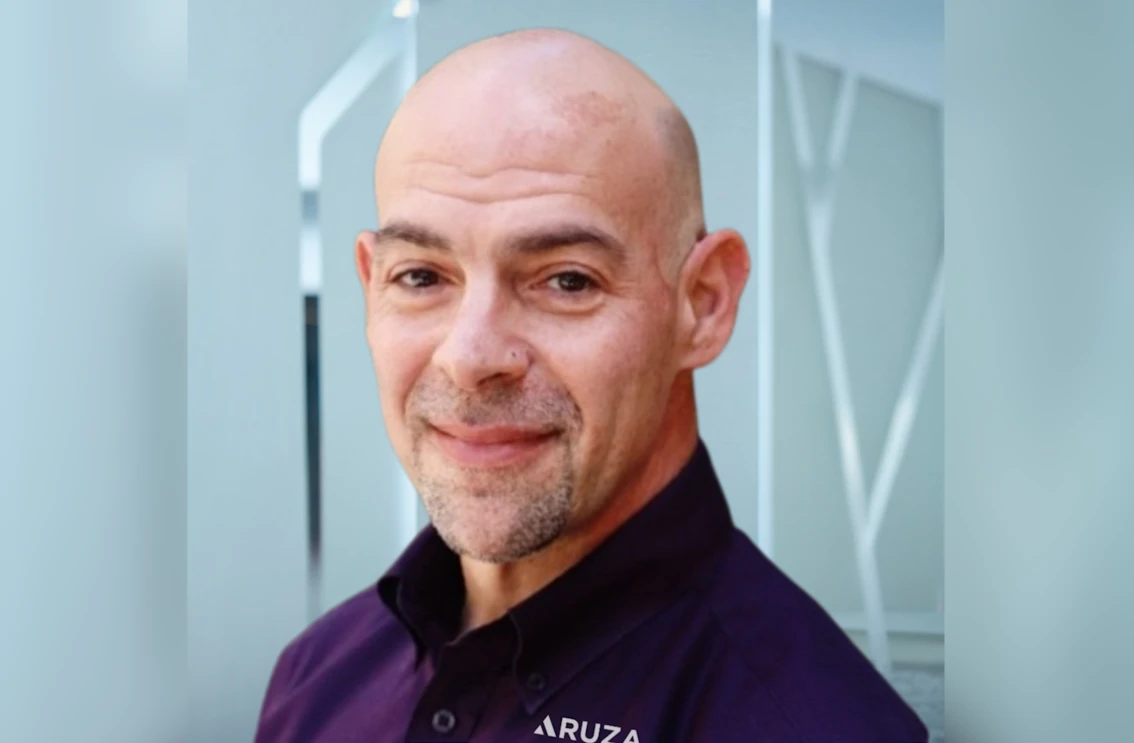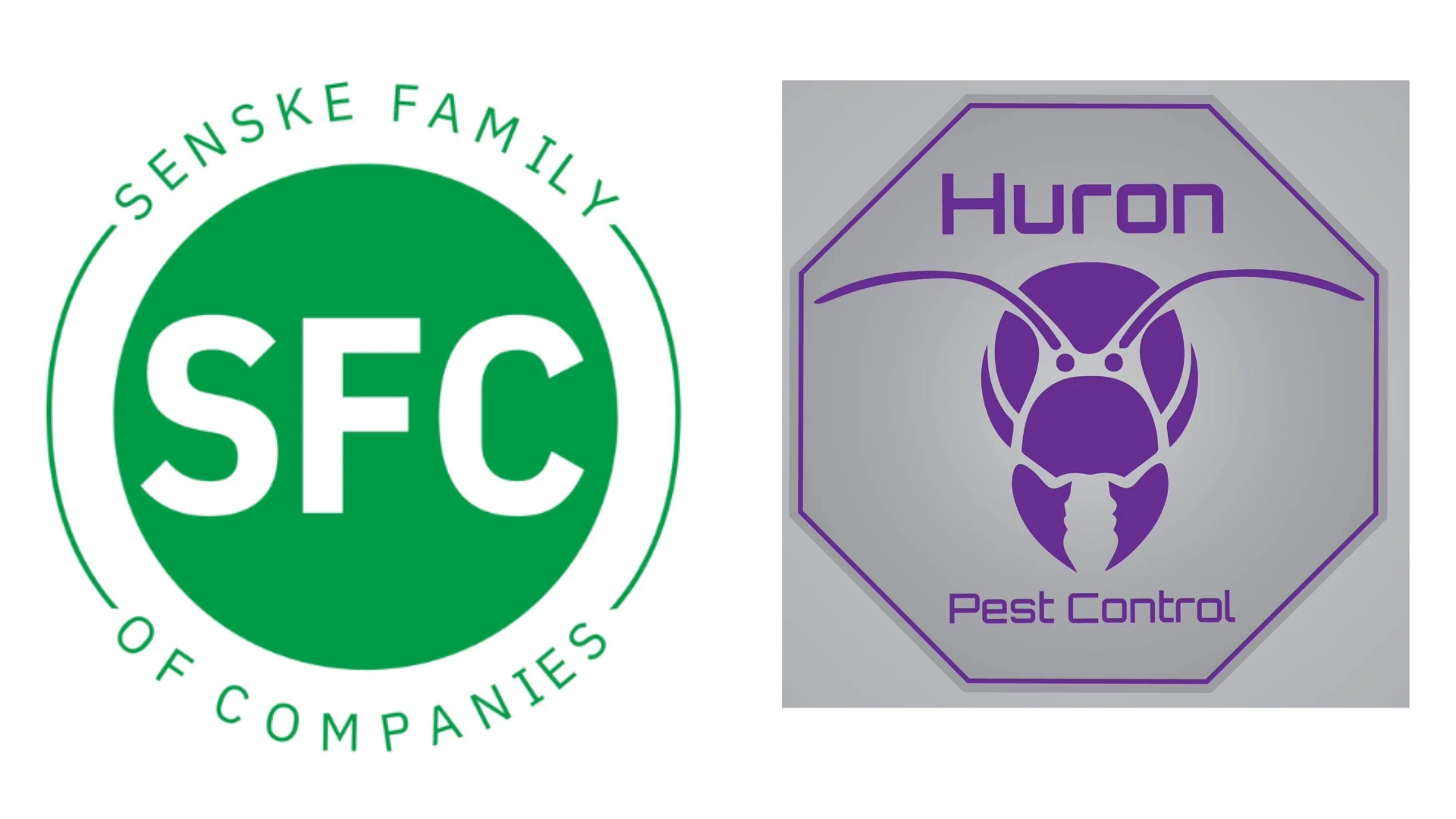Nothing irks a customer more than waiting. Whether in the grocery store check-out line or at home, they want service fast and when promised.
That makes two- to four-hour appointment windows no longer acceptable, said Plunkett’s Pest Control President Stacy O’Reilly in Minneapolis.
“When they want you there, they want you there,” said Adam Jones, quality assurance vice president of Massey Services in Orlando, Fla. Dual-income and active families have little time or desire to wait, he said.
Customers of Arrow Environmental Services expect technicians at their doors minutes before the scheduled appointment time, said Vice President Stewart Lenner, Morganville, N.J. If the technician is expected at 9:15, the customer is perturbed at 9:16, angry at 9:20 and calling the office to complain at 9:25. “That’s the reality of customers today.”
Added Jones, “If you have a waiting window of greater than an hour, I don’t think that’s very valuable to the consumer today.” And let’s face it: A customer who doesn’t feel valued won’t remain a customer for long.
A Top Priority. To help technicians get to appointments on time, some firms have turned to centralized scheduling. This gives customer service representatives at ABC Home & Commercial Services in Austin “the flexibility to maneuver people efficiently and quickly,” said President Bobby Jenkins. The ability “to move things around amongst ourselves” helps prevent rescheduled appointments, or resets, which take the place of paying jobs.
Some professionals employ universal or swing technicians to handle appointments that may otherwise get pushed back. “The swing tech will jump into position so I’m never losing out on business,” said Lenner, who cited Arrow Environmental’s 99 percent schedule completion rate. Technicians take turns serving as the swing technician, who often does “more production than my regular technicians.” New services quickly can be accommodated since they don’t have to be worked into another’s schedule, he said.
Supervisors at Western Exterminator Company handle initial services and contracts so technicians stay focused on scheduled jobs, said Vice President Debbie Byrne, Anaheim, Calif. And the lackluster housing market is helping some firms stay on time. “Right now, there’s no excuse to be late on a termite appointment,” she said.
Abell Pest Control in Toronto relies on a strict, “handshake and handoff” procedure. Customer service representatives forward appointments to technicians, who must acknowledge these requests by communicating with clients or responding to CSRs through their handhelds. If a technician cannot make the commitment, he recommends a change and the responsibility shifts back to the CSR. “It’s sort of like the hot-potato thing,” explained President John Abell.
Modern Pest Services, Brunswick, Maine, which recently shifted scheduling from branches across three states to a central call center, employs a “one-time only” policy, said COO Scott Stevenson. If a service pro cannot make an appointed time, a service center representative must notify the general manager before rescheduling “to make sure they’re not making those changes without a good reason.” Stevenson said customers prefer to work with the same service pro, but if schedules get too backed up, “we will send someone else in.”
*****
On-Time Goes Real-time
If you want to improve your on-time service delivery, look to the cable industry (no, seriously).
Enlightened cable and in-home service firms are turning to a real-time customer appointment management system that can predict a wait window of an hour or less with 96 percent accuracy and automatically convey this information to customers.
By involving customers in the appointment event, we eliminate their frustration of “not knowing when the appointment is going to happen,” as well as increase productivity and reduce costs, explained Yuval Brisker, CEO of TOA Technologies, Beachwood, Ohio.
This is how it works: A few days before an appointment, the system contacts customers to confirm the time or offer options for rescheduling. The schedule is tightened up, and on the appointed day, technicians “ping” the system using Internet-accessible cell phones or laptops when they arrive at and leave accounts. This data is sliced and diced by a proprietary algorithm that creates a historical time profile of each technician and predicts arrival times at subsequent appointments. The system alerts customers of this time by text, phone or email message, or lets them “track their technician like they track a FedEx package” online, said Brisker. Post-appointment, the system surveys customers on their experience.
In addition to improved customer communication, the system’s routing, scheduling, dispatch and mobility tools give firms a “more comprehensive view of the work day” for improved routing and work allocation, said Brisker. The system complements firms’ existing routing and scheduling programs.
The web-based platform requires a monthly service fee, but no investment in hardware, software, licensing or maintenance, he said. With the exception of Internet-accessible devices, “there’s no real capital investment at all.” The system is best suited for firms with 40 or more technicians and is modular, so firms pay only for the level of service they want.
Not knowing when a technician will arrive drives people crazy, said Irad Carmi, TOA Technologies’ chief technology officer. He recalled standing in a large cable company call center at 8 a.m. One minute later, hundreds of calls came in from customers who’d been given an 8 a.m. to 12 p.m. appointment window. “It’s mostly about not knowing,” said Carmi. Providing accurate communication about a service is “a real sign of commitment to good customer care.”
*****
Accurate Communication. At some point everyone runs late, but the biggest mistake firms make is not informing the customer of this early on. On-time service is “based 100 percent on what the customer expects when we say that,” said Dr. Ron Harrison, director of technical services at Orkin in Atlanta. “Customer communication is huge,” added Critter Control CEO Kevin Clark, Traverse City, Mich.
If running behind, technicians are responsible for either contacting the office or customers, many PCOs reported, and the sooner they do this, the better. “The more advance notice you can give, the better it is for the relationship and the acceptance of the tardiness,” said Abell, who requires technicians to call 15 minutes before the one-hour wait window expires. Modern’s CSRs call customers to reschedule a half-hour before the two-hour window runs out. “It’s bad enough it has to be rescheduled, but when you have to call to find out, that’s not good,” Stevenson said.
“To leave them dangling is a terrible mistake,” Abell noted.
Jenkins agreed. “If you don’t communicate with them, they’re not very understanding.” Tardy technicians can walk into hostile and unproductive situations, Abell said. The “relationship is already tarnished.”
If contacted in advance, customers usually accept the new appointment time or reschedule, pros noted.
Just put yourself in customers’ shoes, said Massey’s Jones. “The company that communicates most consistently and most effectively with their customers is going to be the company that wins.”
That’s especially true during an economic crisis, said Critter Control’s Clark. “Companies that are efficient and on top of customer service and communication are going to keep their heads above water in tough times.”
Service Adjustments. Some services make being on-time a whole lot easier. Exterior perimeter and termite baiting treatments don’t require customers to be home. At Massey Services, 90 percent of stops are non-appointment times, said Jones. ABC’s Jenkins, who’s moving toward exterior-only service, agreed. Those customers who require specific appointments are scheduled for the first morning stop or last stop of the day, he said.
Plunkett’s O’Reilly relies on customer relationships. One-third of her clients supply garage codes so technicians can let themselves in. “Now the time window is really wide open,” she said. “It really does help us manage our day.” Of course, codes are guarded carefully, “because we realize what the customer has entrusted us with.”
Similarly, Western Exterminator encourages “key accounts” so technicians can service commercial facilities after hours. Being on time is not an issue, and it’s easier to service the account without customers around and food preparation taking place, she said.
Orkin’s commercial customers provide a time window when service is preferred, such as between the lunch and dinner rush, said Harrison. “That helps ensure we’re there when they want us and not there when they don’t want us.” Unlike residential clients with specific time needs, commercial accounts usually are satisfied “if we just hit the window,” he explained.
Just don’t place a new customer’s scheduling needs ahead of those of long-time customers, reminded Lenner. Current clients are “the most important base we have.”
*****
On-Time Technology
For many professionals, on-time tools are increasingly high-tech.
Real-time GPS lets customer service reps dispatch the nearest tech to cover otherwise late appointments. Routing software optimizes schedules and drive times. And, handheld computers serve as in-field communications systems.
At Abell Pest Control, handhelds are a “portable office” with signature capture, knowledge base and cell phone capabilities, as well as GPS, and routing and scheduling data, said President John Abell. He eventually plans to eliminate time-consuming paper tickets, routes and reports.
“I think we’re going paperless relatively soon,” said Dr. Ron Harrison, director of technical services at Orkin. He sees handhelds moving from a just-in-time monitoring to pest identification and treatment strategy tool. Instant access to this data in the field will help technicians solve customer pest issues more effectively and efficiently.
In the office, email is a time saver for Arrow Environmental Services. CSRs email customers one month before they’re due for service. Customers reply with three preferred appointment times and CSRs confirm within 24 hours. Clients are “accommodated unbelievably well” and the firm doesn’t need to rely on phone calls and postcards, said Vice President Stewart Lenner.
Going high-tech isn’t the only option, reminded Kevin Clark, CEO of Critter Control. A basic but tried-and-true strategy is to plan routes clockwise to reduce the number of left-hand turns, which take longer than right-hand turns. “All that time adds up,” said Clark, who learned this tip driving routes in Metro Detroit. “Five minutes a day times 200 work days saves hours and hours.”
*****
Training & Tracking. If you want to be on time, train for it and track it, advised professionals. Abell analyzed the personal business rules of technicians with the best relationships, least cancellations, and least complaints. “We found out what worked and made that the national standard,” he said. Training classes emphasize these skills and demonstrate how a “30 second phone call” to customers can save technicians “mountains of headaches.”
Tracking on-time delivery helps you understand the health of the business, said Orkin’s Harrison. It’s a “barometer” of customer satisfaction and “we know it does affect other things” like cancellations. Modern’s Stevenson evaluates monthly schedule-to-actual reports, which put the firm’s success rate at 90 percent. At Massey, managers review a complaint log system daily. Western Exterminator tracks promptness through customer satisfaction postcards.
Just don’t get too caught up tracking time. Being late is a moot point if the customer is happy with the service despite a delivery later than planned, Harrison reminded.
The author is a frequent contributor to PCT magazine. She can be reached at anagro@giemdia.com.
WANT MORE?
Enter your email to receive our newsletters.

Explore the September 2009 Issue
Check out more from this issue and find your next story to read.
Latest from Pest Control Technology
- Webinar: Employee Incentives — Going Beyond the Annual Raise
- Pest Control Companies Helping Neighbors in Need Eradicate Bed Bugs
- Why Does Marketing Feel So Opaque?
- How Did This Pest Get Its Name?
- Rose Pest Solutions Honors Top Performers with Annual Chief’s Club Awards
- Doug Foster on Termite Control Equipment, Resources
- Pest Control Consultants Acquires EcoGuard Pest Control
- Pest Index Increased 9 Percent YOY in February






